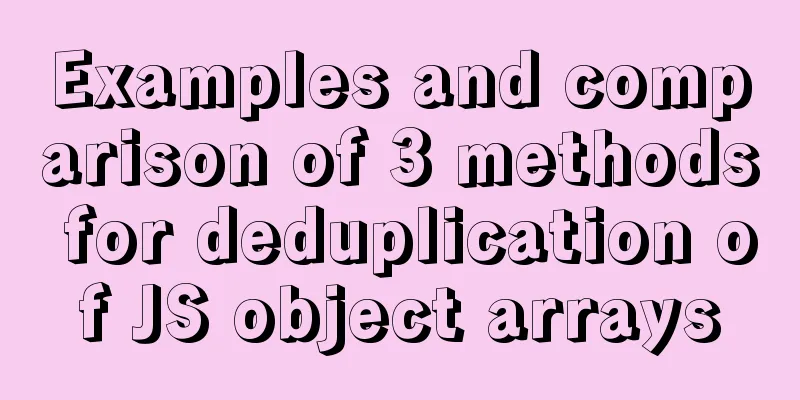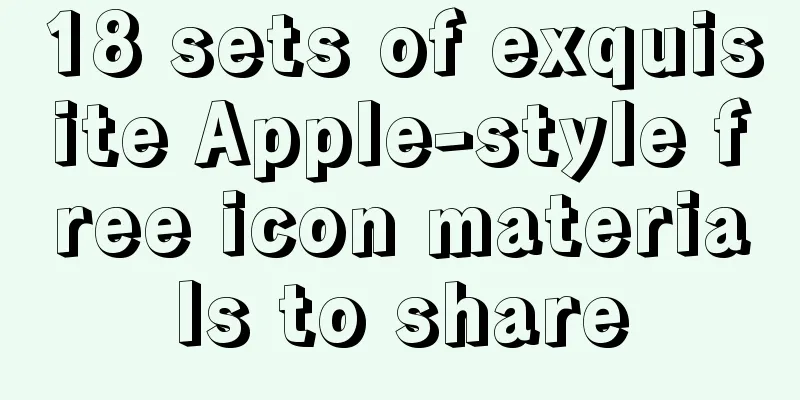Comprehensive summary of Vue3.0's various listening methods

ListenerWhile computed properties are more appropriate in most cases, there are times when a custom listener is necessary. That’s why Vue provides a more general way to respond to changes in data through the watch option. This approach is most useful when you need to perform asynchronous or expensive operations when data changes. 1.watchEffectExecute immediately, no immediate Listening, watchEffect is executed immediately, there is no immediate, no need to pass the listening content, automatically perceives code dependencies, no need to pass parameters, only need to pass a callback function, cannot get the previous value If you need to disable the listener, you can call back this listener function
const stop = watchEffect(()=>{
// console.log('num:',num.value);
// console.log('num:',str.value);
})
2.watchIt will not be executed immediately, you need to manually start the immediate
//Specify the value num to listen to
watch(num,(val,oval)=>{
// val: new value, oval: previous value // console.log(num.value);
// console.log(val,oval);
},{//The second parameter obj immediate,deep
immediate:true//By default, it will monitor only when the data changes.
// It will not be executed when it is created for the first time. Set it to true and it will be executed for the first time.
1.1 The first way to listen
//Listen to the changes of id and object data under statewatch(state,(val,oval)=>{
// console.log('id',val.id,oval);
},{
immediate:true,
deep:true//Turn on deep monitoring to detect changes in object attribute values})
1.2 The second way to listen
// Listen to state.uname
watch(()=>state.uname,(uname,p)=>{
// new value of uname, old value of p console.log(uname,p);
},{
immediate:true
})
1.3 Listening to multiple data sources
//Listen for multiple data (id, uname)
//()=>state.id, equivalent to //object.values(toRefs(state)) deconstructs const stop = watch([()=>state.id,()=>state.uname],([id,uname],[oid,oname])=>{
// id new, oid old console.log('id',id,oid);
// uname new, oname old console.log('uname',uname,oname);
})
SummarizeThis is the end of this article on various listening methods of Vue3.0. For more relevant content on Vue3.0 listening methods, please search previous articles on 123WORDPRESS.COM or continue to browse the related articles below. I hope everyone will support 123WORDPRESS.COM in the future! You may also be interested in:
|
<<: Detailed explanation on how to install MySQL database on Alibaba Cloud Server
>>: Call and execute host docker operations in docker container
Recommend
How to achieve seamless token refresh
Table of contents 1. Demand Method 1 Method 2 Met...
Example of how to quickly build a LEMP environment with Docker
LEMP (Linux + Nginx + MySQL + PHP) is basically a...
How to set remote access permissions in MySQL 8.0
The previous article explained how to reset the M...
Implementation of Docker deployment of Nuxt.js project
Docker official documentation: https://docs.docke...
How to implement Mysql switching data storage directory
How to implement Mysql switching data storage dir...
HTML Marquee character fragment scrolling
The following are its properties: direction Set th...
Vue detailed explanation of mixins usage
Table of contents Preface 1. What are Mixins? 2. ...
Causes and solutions for MySQL data loss
Table of contents Preface Problem Description Cau...
Web Design Tutorial (7): Improving Web Design Efficiency
<br />Previous article: Web Design Tutorial ...
Detailed explanation of the difference between chown and chmod commands in Linux
In Linux system, both chmod and chown commands ca...
Sharing of SVN service backup operation steps
SVN service backup steps 1. Prepare the source se...
CSS shadow animation optimization tips
This technique comes from this article - How to a...
Command to remove (delete) symbolic link in Linux
You may sometimes need to create or delete symbol...
Detailed explanation of the solution to Ubuntu dual system stuck when starting
Solution to Ubuntu dual system stuck when startin...
Superficial Web Design
<br />I have always believed that Yahoo'...









